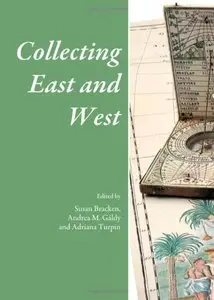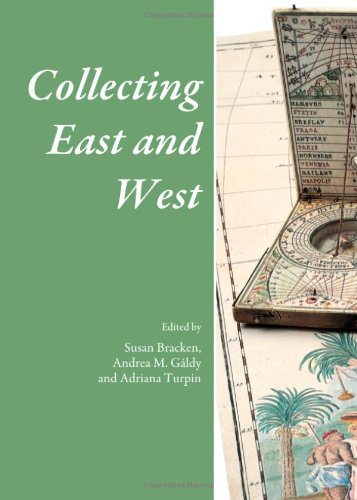Collecting East and West by Susan Bracken, Andrea M. Galdy and Adriana Turpin
English | 2013 | ISBN: 1443847798 | 250 pages | PDF | 2,5 MB
English | 2013 | ISBN: 1443847798 | 250 pages | PDF | 2,5 MB
If collecting the rare and valuable is an entirely normal trait of human behaviour, amassing objects from far-away places has also long played a role in the history of collecting. "East" and "West", or "North" and "South", for that matter, are of course entirely relative to one's particular geographical position.
Therefore, it is interesting that collecting exotic objects is an endeavour that unites humanity over millennia and round the globe. The ancient Assyrians did so as assiduously as eighteenth-century collectors in Paris or London; Chinese emperors collected Western art and artefacts at a time when Western collectors started to gather ceramics, lacquered furniture, or South-East Asian prints. Key factors were, of course, increasingly frequent contact and an ever growing knowledge about the "other" and about the other's artistic production. Of particular interest to the mission of this working group is the fact that the building of collections was only part of the endeavour but that, in many cases, the objects imported at huge cost and logistic effort were meant to be displayed in surroundings reminiscent of their original habitat, even though their exact original context may have been open to debate and their final exhibition surroundings may have been unrecognisable to anyone from their former home. Western collectors built Chinese cabinets for their exotic treasures, often complemented by depictions of Oriental tea parties. Less familiar is perhaps the fact that, from the seventeenth century onwards, Chinese emperors displayed their European collectibles in palaces built for them for this purpose in Western architectural style. The essays in the present volume, therefore, attempt to connect the collections of exotic objects with the forms of display adopted by collectors and institutions and thus chart the levels of increasingly informed and intimate encounters between East and West, scholars and collectors, art lovers and institutions from the early first millennium BC to the early twentieth century and from South-East Asia to North-Western Europe.



